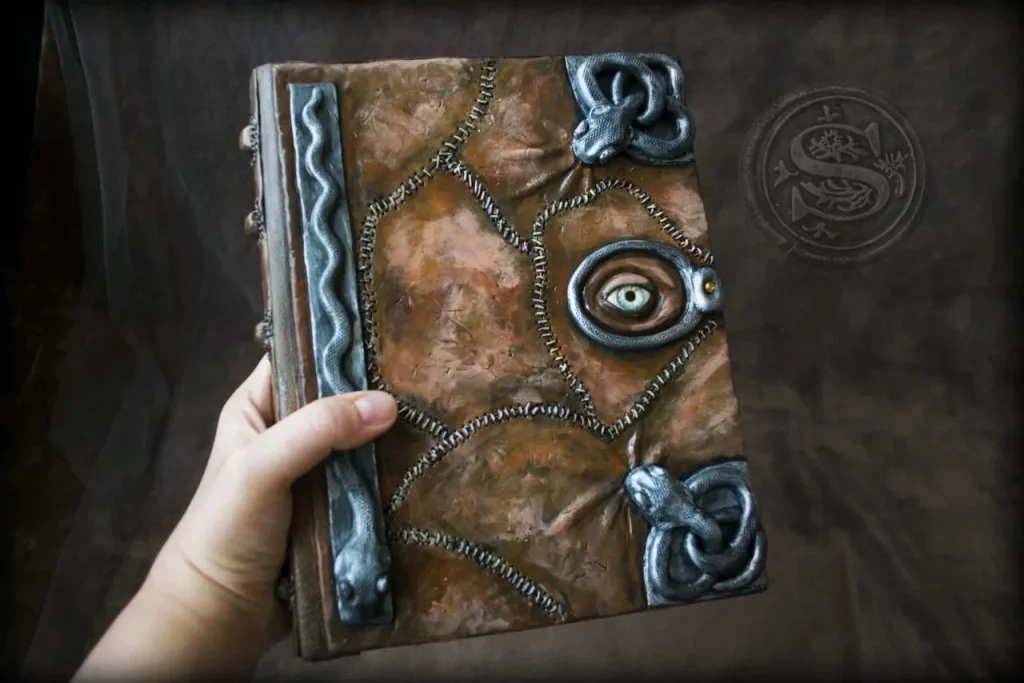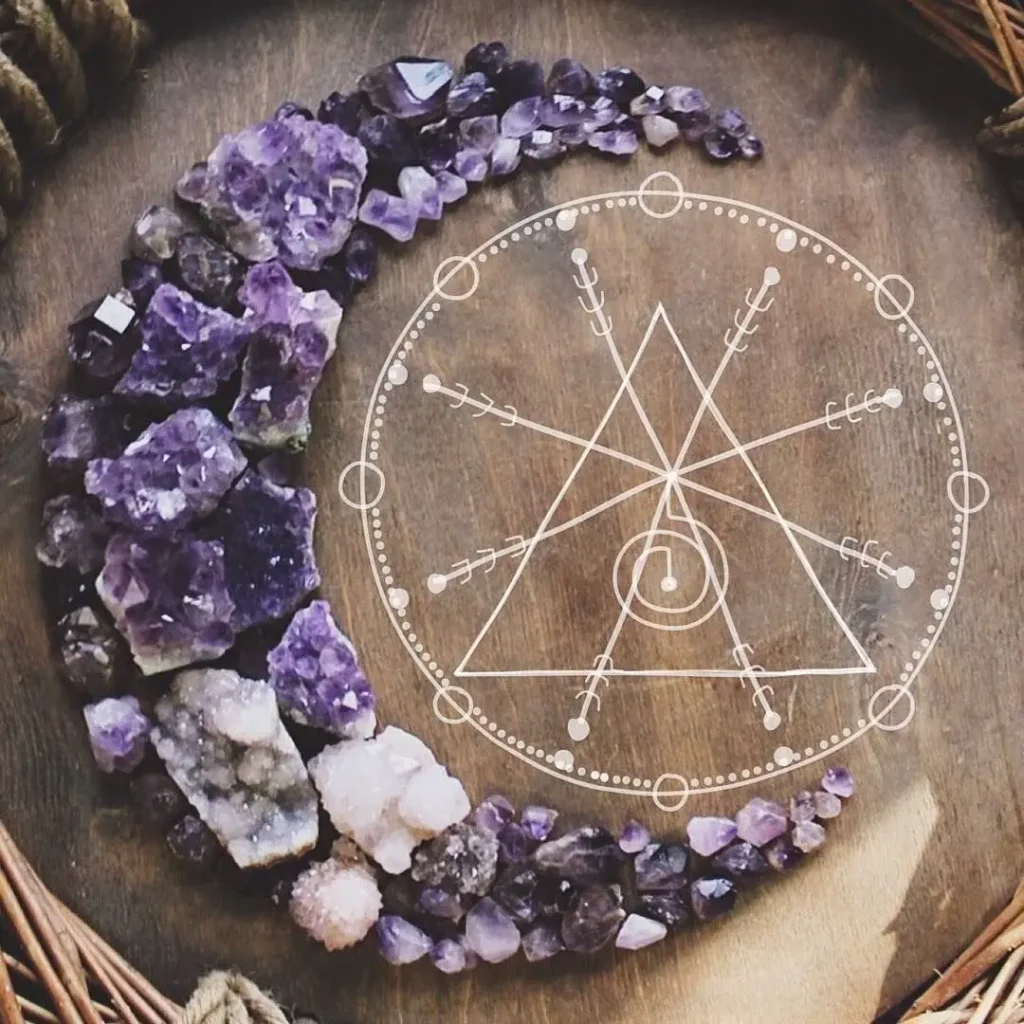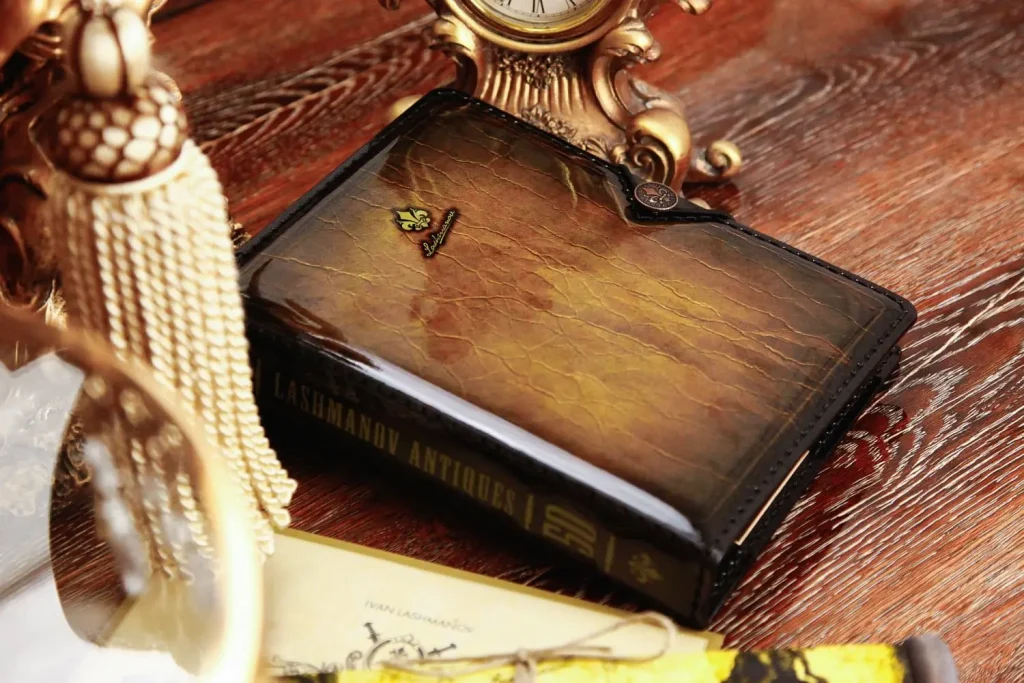Wiccan novels, specifically those that focus on Wiccan beliefs and practices, are less common in mainstream literature compared to novels that feature witches or witchcraft in a broader sense. However, there are a few novels that explore Wiccan themes and the experiences of Wiccan practitioners.
The Origins of Wiccan Literature
Wiccan literature has its roots deeply embedded in the rich tapestry of pagan beliefs and practices that have been passed down through generations. Drawing from ancient wisdom, rituals, and beliefs, Wiccan literature offers a glimpse into the spiritual and magical dimensions of the natural world.
One of the key influences on Wiccan novels is ancient paganism, which forms the foundation of many Wiccan traditions. These novels often explore the connections between Wicca and various pagan belief systems, such as Celtic, Norse, and Egyptian. By intertwining these ancient mythologies with contemporary storytelling, Wiccan literature not only pays homage to the past but also offers a modern interpretation of these age-old traditions. The use of pagan symbols or wiccan spells, deities, and pantheons in Wiccan novels creates a sense of connection to the ancient past and allows readers to immerse themselves in a world infused with magic and mysticism.
10 Must-Read Wiccan Novels
Wicca is a rich and diverse spiritual tradition, and it has inspired numerous novels that explore its themes, beliefs, and practices. These novels often incorporate elements of Wiccan spirituality, magic, and the mystical aspects of the Craft. If you’re interested in reading Wiccan-themed novels, here are a few you might find intriguing:
- “The Witch of Willow Hall” by Hester Fox: This historical fiction novel weaves Wiccan themes into a story set in the 1820s, featuring a family with a history of witchcraft and a haunted mansion.
- “The Witch’s Daughter” by Paula Brackston: This novel follows a witch who has lived for centuries and explores her magical journey and the history of the Craft.
- “Witch Child” by Celia Rees: A young adult novel that tells the story of a girl accused of witchcraft during the witch trials of the 17th century. It explores her journey and connection to Wiccan traditions.
- “The Physick Book of Deliverance Dane” by Katherine Howe: A blend of historical fiction and modern-day mystery, this novel delves into the history of witchcraft in America and the mystical power of a mysterious book.
- “The Witch’s Book of Shadows” by Phyllis Curott: While not a novel, this is a non-fiction book by a prominent Wiccan author, exploring her personal journey and experiences with the Craft.
- “The Witch’s Altar” by Phyllis Curott and Kerr Cuhulain: Another non-fiction work, this book offers practical insights into Wiccan rituals, altars, and magical practices.
- “Witch Light” by Susan Fletcher – Set in 1692, this novel tells the story of Corrag, a young woman accused of witchcraft, and her interactions with a government official sent to interrogate her.
- “Hexenhaus” by Nikki McWatters – This novel follows the lives of three young women accused of witchcraft in 17th-century Germany. It explores their struggles and challenges in a society that fears and persecutes witches.
- “The Witchfinder’s Sister” by Beth Underdown – Based on historical events, this novel follows the story of Alice Hopkins, the sister of Matthew Hopkins, a notorious witchfinder during the English Civil War.
- “The Witches of New York” by Ami McKay – Set in 1880s New York City, this novel follows three women who run a tea shop and offer spiritual guidance. It touches on themes of witchcraft, feminism, and the occult.


These novels and non-fiction works can provide you with a variety of perspectives on Wicca and its spiritual aspects, blending fiction and facts to create engaging and thought-provoking stories and most of it come from wiccan books like “Wiccan Rede“.
The Influence of Ancient Paganism on Wiccan Novels
Ancient paganism has played a significant role in shaping the themes and narrative elements found in Wiccan novels. Drawing inspiration from the beliefs and practices of pre-Christian religions, Wiccan authors have incorporated the rich mythology and symbolism associated with ancient pagan traditions into their literary works. The influence of ancient paganism can be seen in the portrayal of gods, goddesses, and mythical creatures, as well as the exploration of nature-based spirituality and the cycles of the seasons.
One of the key aspects of ancient paganism that has permeated Wiccan novels is the belief in the interconnectedness of all things. The concept of a divine life force that flows through the natural world and human beings is often central to the narrative, emphasizing the sacredness of nature and the importance of living in harmony with the environment. This reverence for the Earth and its elements is often expressed through vivid descriptions of lush landscapes, rituals that honor the cycles of the moon and the changing seasons, and the incorporation of herbalism and nature-based magic into the characters’ journeys. By drawing from ancient pagan traditions, Wiccan novels offer readers a glimpse into a world where spirituality is deeply intertwined with the natural world, inviting them to reconnect with their own innate connection to the earth and its mysteries.
Exploring the Elements of Magic in Wiccan Novels
Within the realm of Wiccan novels, the elements of magic serve as a central theme, weaving their mystical threads throughout the stories. Magic, often portrayed as a potent force that exists within the natural world, holds a prominent role in these literary works. Whether it is the manipulation of elements, the casting of spells, or the channeling of energy, the use of magic in Wiccan novels serves to captivate readers and transport them to a world where the boundaries of reality are effortlessly transcended.
The exploration of magic in Wiccan novels goes beyond mere enchantment and serves as a vehicle to convey deeper meanings and symbolism. Through the use of magic, authors delve into themes of personal transformation, self-discovery, and spiritual growth. Readers are immersed in narratives where characters harness their inherent magical abilities, allowing them to tap into ancient wisdom and connect with the unseen realms. At its core, the portrayal of magic in Wiccan novels invites us to ponder the limitless possibilities of the human spirit and the interconnectedness of all beings.
The Role of Rituals and Spells in Wiccan Novels
Rituals and spells play a significant role in Wiccan novels, adding an enchanting and mystical element to the narrative. These ancient practices are often depicted as powerful tools that allow characters to tap into the energy of the universe and manifest their desires. From intricate ceremonies performed under the light of the full moon to simple spells cast with intent, rituals and spells offer a direct connection to the spiritual realm, allowing Wiccan characters to harness their inherent magic and shape their reality.
In Wiccan novels, rituals and spells serve multiple purposes. They can be used for protection, purification, healing, or even for seeking guidance from the divine. Through the recitation of incantations, the use of symbolic objects, and the manipulation of energies, characters are able to create a sacred space where they can commune with nature, connect with their ancestors, and channel their inner power. These rituals often involve the active participation of the entire coven or community, emphasizing the importance of collective energy and the interconnectedness of all beings. Whether it’s through a complex ritual involving intricate steps or a spontaneous spell whispered in a moment of need, the use of rituals and spells in Wiccan novels serves to deepen the magical and spiritual aspects of the story, while also highlighting the transformative potential within each individual.
The Representation of Deities and Pantheons in Wiccan Novels
The representation of deities and pantheons in Wiccan novels holds a significant role in showcasing the diverse mythological beliefs and spiritual practices associated with this modern pagan religion. In many Wiccan novels, authors often draw inspiration from ancient pagan mythologies to create a rich tapestry of deities and pantheons that interact with the mortal world. These representations offer readers a glimpse into the multi-faceted nature of Wiccan spirituality and the diverse range of gods and goddesses that Wiccans may worship.
Within the pages of Wiccan novels, one can encounter a plethora of deities and pantheons from various cultures. Authors weave these mythological elements seamlessly into their narratives, allowing readers to explore different traditions and belief systems. The pantheons portrayed in Wiccan novels often reflect a pan-global approach, blending together gods and goddesses from different ancient civilizations such as Greek, Egyptian, Norse, and Celtic. This amalgamation of divine beings showcases the inclusive and eclectic nature of modern Wiccan practices, where individuals can choose to connect with deities that resonate with their personal beliefs and experiences.
The Portrayal of Witchcraft and Witchcraft Traditions in Wiccan Novels
Wiccan novels often explore the portrayal of witchcraft and witchcraft traditions in a nuanced and multi-dimensional manner. These literary works delve into the rich tapestry of ancient practices, rituals, and beliefs associated with witchcraft, offering readers a window into a world steeped in mysticism and magic. The portrayal of witchcraft in Wiccan novels goes beyond simplistic stereotypes, highlighting the deep wisdom, compassion, and power that can be found within these practices.
One common aspect that is often emphasized in the portrayal of witchcraft traditions in Wiccan novels is the importance of connecting with nature and the elements. These novels frequently depict witches who have a deep reverence for the earth and its cycles, drawing inspiration from the changing seasons and natural phenomena. By incorporating rituals that honor the elements, such as using wiccan herbs, crystals, or incantations, Wiccan novels showcase the ways in which witches harness the energy of the natural world to manifest their intentions. This emphasis on the interconnection between humans and the environment adds an intriguing layer of depth to the portrayal of witchcraft in these novels.


Wiccan Novels and the Celebration of Nature and the Seasons
In Wiccan novels, the celebration of nature and the changing seasons is a prominent theme that resonates throughout the stories. These novels often highlight the deep connection between Wiccans and the natural world, emphasizing the importance of understanding and embracing the cycles of nature. Authors skillfully weave descriptions of blooming flowers, rustling leaves, and the ever-changing landscapes to create a vivid backdrop for the magical journeys of their characters. Through these literary portrayals, readers are invited to immerse themselves in the beauty and power of nature, fostering a sense of awe and appreciation for the natural world.
In these novels, the celebration of nature and the seasons is not confined to mere descriptions, but is intricately woven into the fabric of the plot and character development. The turning of the seasons often mirrors the internal growth and transformation of the protagonists, symbolizing their own cyclical journeys of self-discovery and empowerment. As the characters navigate through the ebbs and flows of life, they learn to harness the energy of the seasons, drawing upon the unique qualities each one brings. Whether it is the vibrant energy of spring, the fiery passion of summer, the introspection of autumn, or the restorative stillness of winter, the seasons in these novels serve as valuable tools for unlocking hidden potentials and guiding the characters towards their ultimate destinies.
Women in Wiccan Novels
In Wiccan novels, there is a prevailing theme of the empowerment and liberation of women. These stories often showcase strong female protagonists who embody independence, courage, and the ability to challenge societal norms. Through their journey, these characters navigate through a world that often seeks to suppress their power, and they ultimately rise above these challenges to embrace their true potential.
Wiccan novels explore the concept of female empowerment by emphasizing the importance of self-discovery and personal growth. The protagonists in these stories are often depicted as individuals who overcome adversity and find their inner strength by reconnecting with nature and embracing their unique abilities. This journey of self-discovery not only allows these women to embrace their own power but also challenges traditional gender roles and societal expectations. Ultimately, Wiccan novels provide a platform for female empowerment and liberation, allowing readers to witness the transformative journeys of these courageous women.


Pingback: Top 10 Wiccan Novels to Dive Into | Witchcraft ...
Pingback: The Magic of Love Spell Candles: Igniting Passion and Connection -